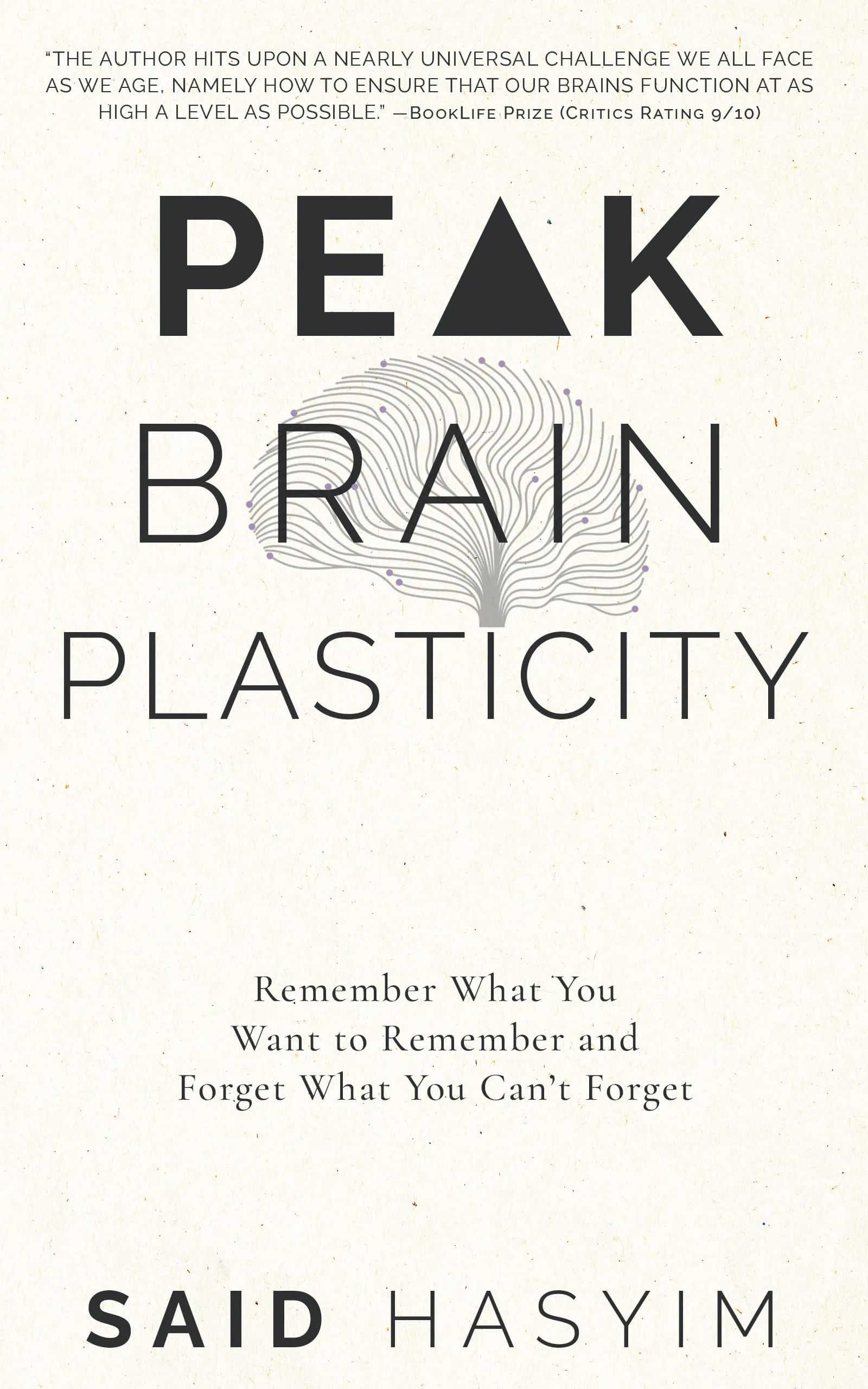Shaping Your Memory: The Power of Visualization
Memory is a fascinating and complex aspect of the human experience. It's not just a repository for past events; it's a crucial component of our identity, our decision-making, and our understanding of the world around us. One of the most powerful techniques for enhancing memory is visualization. In this blog post, we will explore the significance of visualization in memory, how it works, and practical ways to harness its power in daily life.
Understanding Memory and Visualization
Before diving into the specifics of visualization, it’s important to understand how memory works. Memory can generally be categorized into three different types:
- Sensory Memory: A brief retention of sensory information, typically lasting only a few seconds.
- Short-term Memory: Also known as working memory, this type involves the temporary storage and manipulation of information. It usually lasts around 20-30 seconds without active rehearsal.
- Long-term Memory: This is where information is retained over extended periods, sometimes for a lifetime. Long-term memories can last from days to decades.
The Role of Visualization
Visualization involves creating mental images or scenarios to help process and retain information. It can significantly impact how we encode information into long-term memory because our brains are wired to remember images and experiences much better than abstract concepts.
When we visualize something, we create a mental representation that enhances our understanding and recall. This is why visualization is a key component of many memory-enhancing techniques. By associating information with vivid images, we are more likely to remember it later.
The Science Behind Visualization
Research on memory has shown that visualization can activate areas of the brain associated with memory retrieval and encoding. When you visualize a concept, you stimulate neural pathways and create associations that make it easier to access that information in the future.
Studies have revealed that combining verbal and visual information can significantly enhance memory retention. For instance, using diagrams, infographics, or even simple sketches can help improve comprehension and recall. Our brains tend to remember visual cues better, and incorporating them into our learning process can make a huge difference.
The Dual Coding Theory
One of the prominent theories in cognitive psychology that explains the effectiveness of visualization is the Dual Coding Theory, proposed by Allan Paivio in the 1970s. According to this theory, information is processed in two distinct channels: verbal and visual. By leveraging both pathways, we enhance our ability to encode and retrieve memories.
When information is presented both visually and verbally, we create more associations and connections in our minds. For example, when learning a new concept, a descriptive text accompanied by relevant images can help reinforce our understanding and retention of that information.
Practical Applications of Visualization Techniques
Now that we understand the importance of visualization in memory enhancement, let's explore some practical techniques you can implement in your daily life to improve your memory.
1. The Method of Loci
The Method of Loci, also known as the memory palace technique, is one of the oldest and most effective memory techniques. It involves associating information you want to remember with specific locations or landmarks in a familiar setting. Here’s how to use it:
- Select a place: Choose a location you know well, like your home or a route you frequently travel.
- Visualize the location: Walk through the place in your mind, identifying specific landmarks or rooms.
- Associate information: Attach pieces of information to each landmark as you mentally walk through your chosen space.
- Recall: To recall the information, simply retrace your steps in your mind and “see” the items you’ve placed in each location.
2. Imagery and Storytelling
Creating vivid mental images and constructing stories can make complex information more memorable. This technique taps into our natural inclination to remember narratives better than isolated facts.
- Create a story: When learning new material, craft a story that incorporates the key concepts. Use descriptive imagery to make the story engaging and memorable.
- Make it personal: Include elements that are personal to you or that resonate with your interests. This personal touch can enhance emotional connections, making it easier to remember.
3. Use Flashcards with Images
Flashcards are a classic study tool, but they become even more effective when you incorporate visuals.
- Combine text and images: Write a keyword or concept on one side of the flashcard and pair it with a relevant image on the other side.
- Test yourself: As you review the flashcards, practice visualizing the concepts associated with the images and recall the information connected to them.
4. Visualization in Daily Life
Incorporate visualization into your everyday routines. For example:
- Before a meeting or presentation, visualize the key points you want to convey and imagine the positive reactions from your audience.
- When learning a new skill (like playing an instrument or sports), visualize yourself performing the skill successfully before attempting it.
Conclusion
Understanding and improving memory through visualization is a powerful tool that can enhance personal and professional life. Visualization not only aids memory retention but also fosters creativity, critical thinking, and a deeper understanding of complex concepts. By incorporating visualization techniques into your daily routines, you can transform how you learn and remember information.
Whether through the Method of Loci, storytelling, image-rich flashcards, or simply visualizing your goals, the possibilities are endless. Embrace the power of visualization and unlock its potential for shaping your memory and enhancing your overall cognitive function. Start today, and you may be surprised by how much more you can remember and achieve. Happy visualizing!
Harness the Power of Neuroplasticity
Discover Peak Brain Plasticity, a practical book to harnessing neuroplasticity. Enhance your memory, learn new languages quickly, and alleviate anxiety with effective study methods. Uncover daily habits that impact cognitive health and explore techniques for accelerated learning and memory retention. Unlock your brain's potential for growth and transformation.
